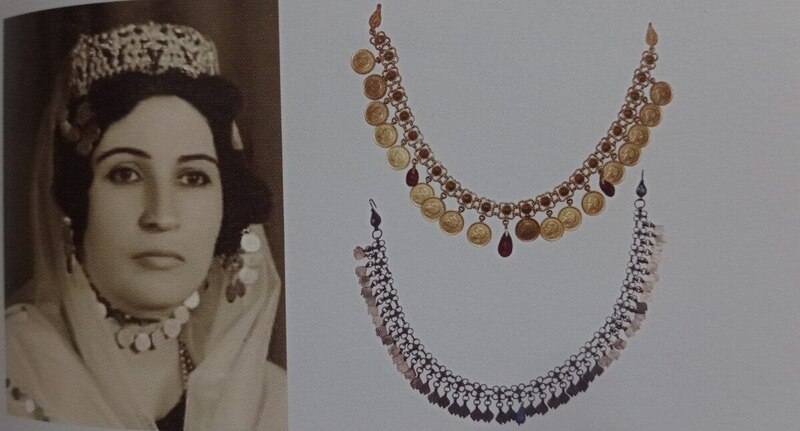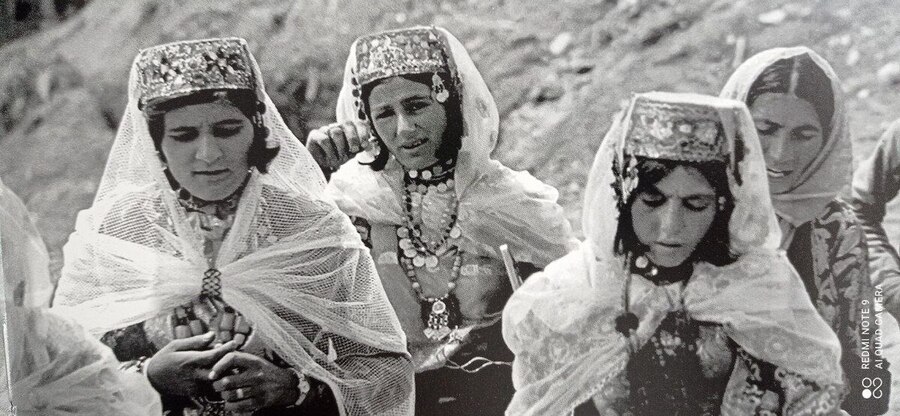Leila Nourani
Taskilaw
It is a special kind of hat made of cardboard and glue. They cover it with velvet and decorate it with colorful tape. Linen covers the inside part of the hat. The cardboard was covered in glue first then the velvet would cover it all on the outside. Then they put it under the sunlight so it would get dry and hard. After that, the uneven parts would be amended with scissors and it would be decorated. At first, they used to make it like a semi hemisphere but later they made it with a flat top part.
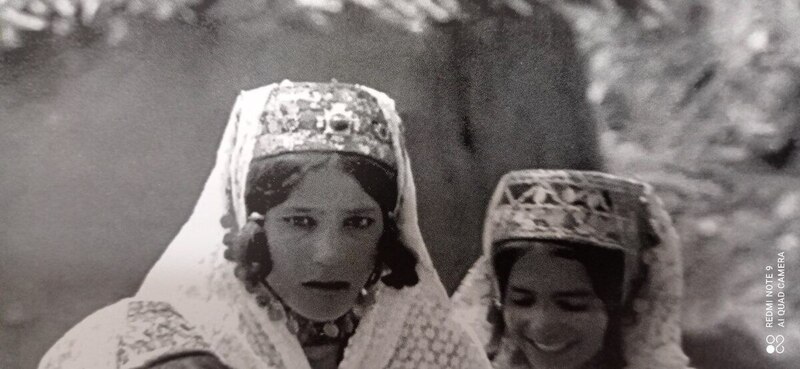
Birnou Kilaw
A particular kind of tasklaw (hat) that was made larger, and it was worn by the youth mostly.
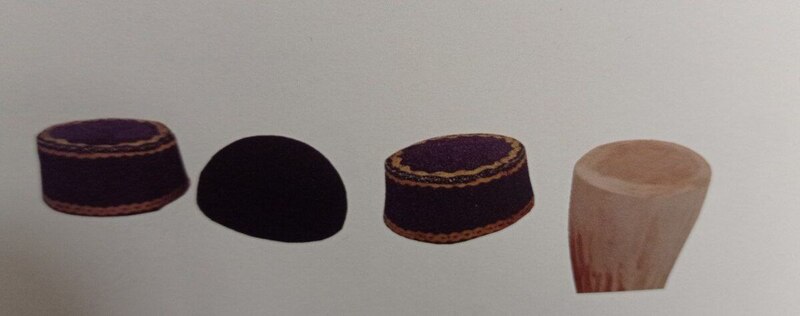
Altoun Kilaw
A hat decorated with chains of gold coins.
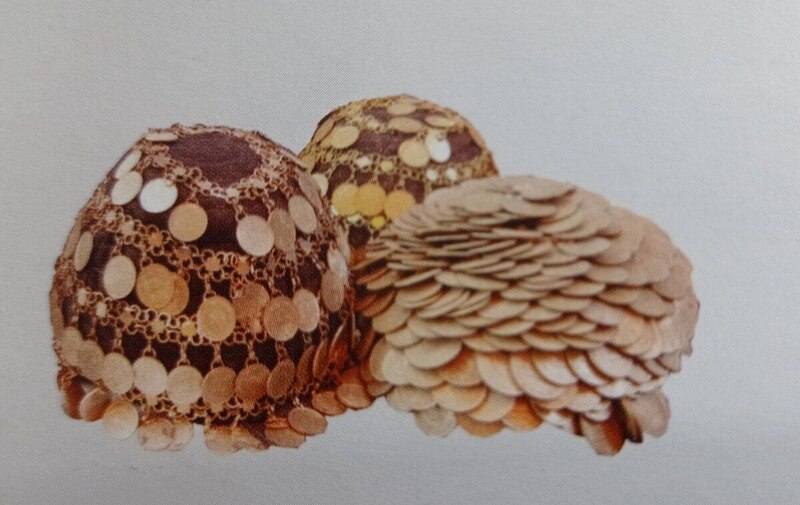
Damakilaw/ Pirpira kilaw
A hat decorated with a chain of coins on the lower sides.

Danki Kilaw
A piece of gold with long but little sequins made into a chain with a yellow thread glued to the hat, or sewn to sleeves or dresses.

Guli kilaw/ Guli Chaw/ Serbiska
A silver or golden piece of jewelry made of lira, or other kinds of coins. The main part was made of a bigger coin in size. The silver type was like a triangle with little coins attached to it.
In the gold type, two gold flowers were used on each side of the hat, with the main flower being larger than the other two in the middle part of the hat and it was called the crown.
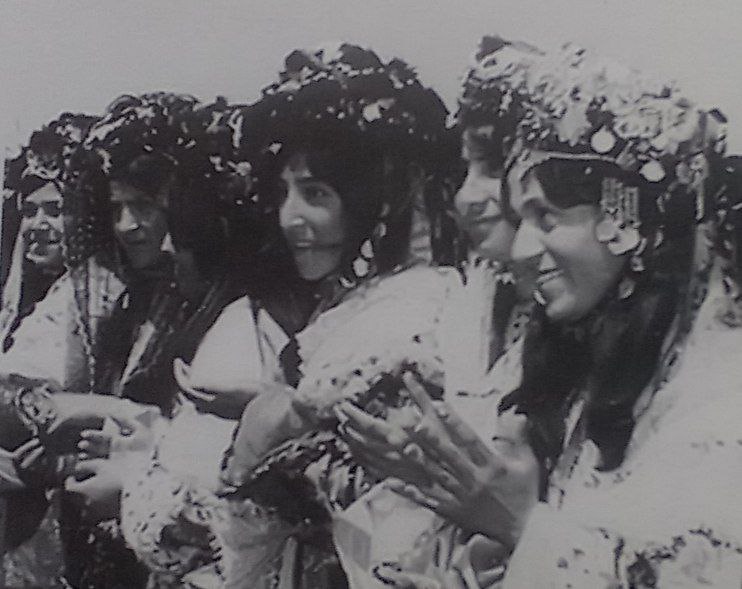
Tanji Kilaw
1. A kind of jewelry looking like ˄ in the middle of the hat.
2. A kind of jewelry looking like a flower in the middle of the hat.

Kirmak
It is a gold piece of jewelry with drop-like spots on it. When it was attached to silk thread it looked like a worm and it was somehow curved. There were two little rings on each side of it. It was kept in place under the chin being attached to the chains of the hat. It was worn mostly by older women but if the young women used them they would add some small coins to it.

Qatare
It was a piece of jewelry made of a chain of semi-spheres or a narrow tape with very little circular gold medals or lira mixed with pomegranate-like sequins in between. Qatare had two little rings on each end to be attached to the hat and it was kept under the chin. This was particularly worn by young women.
